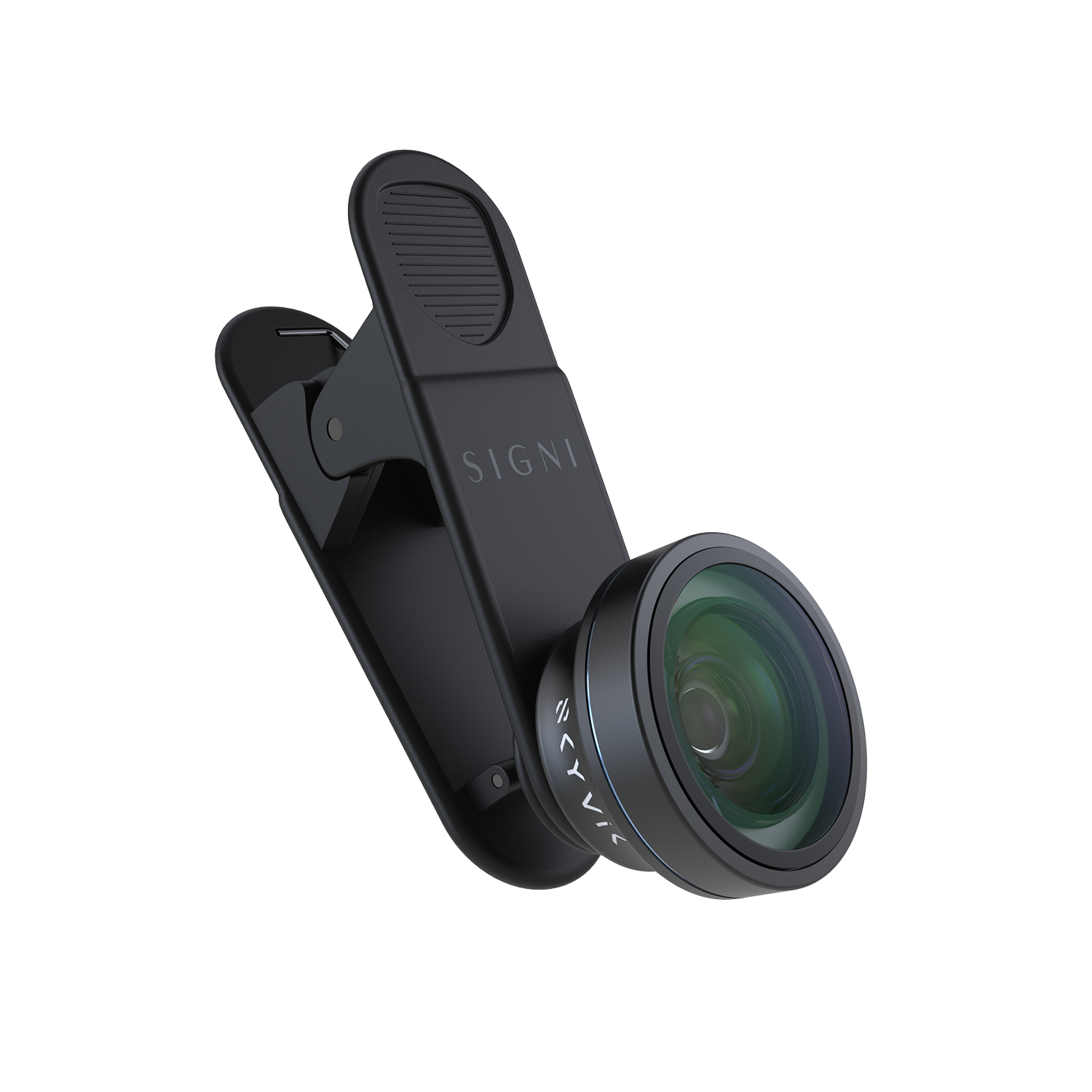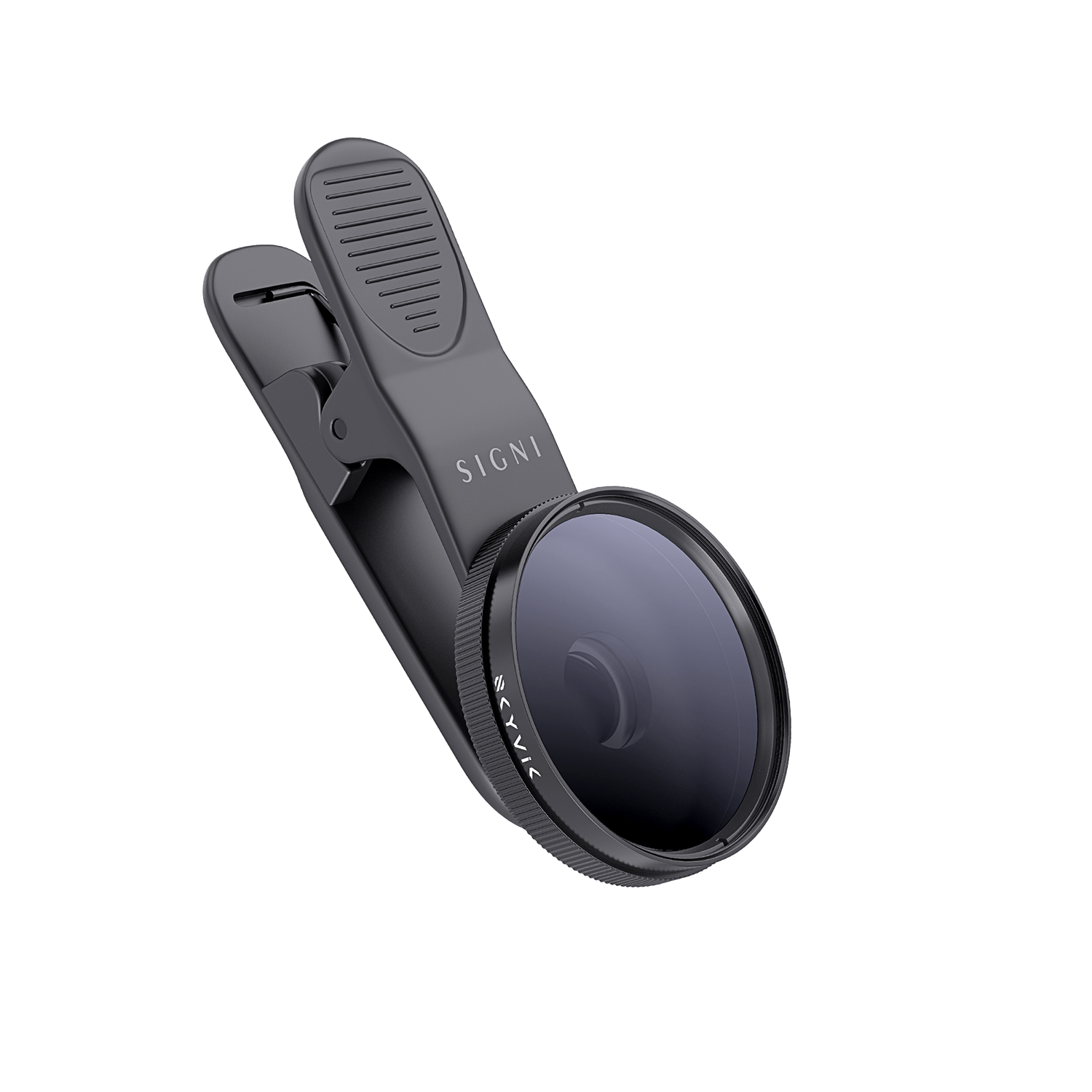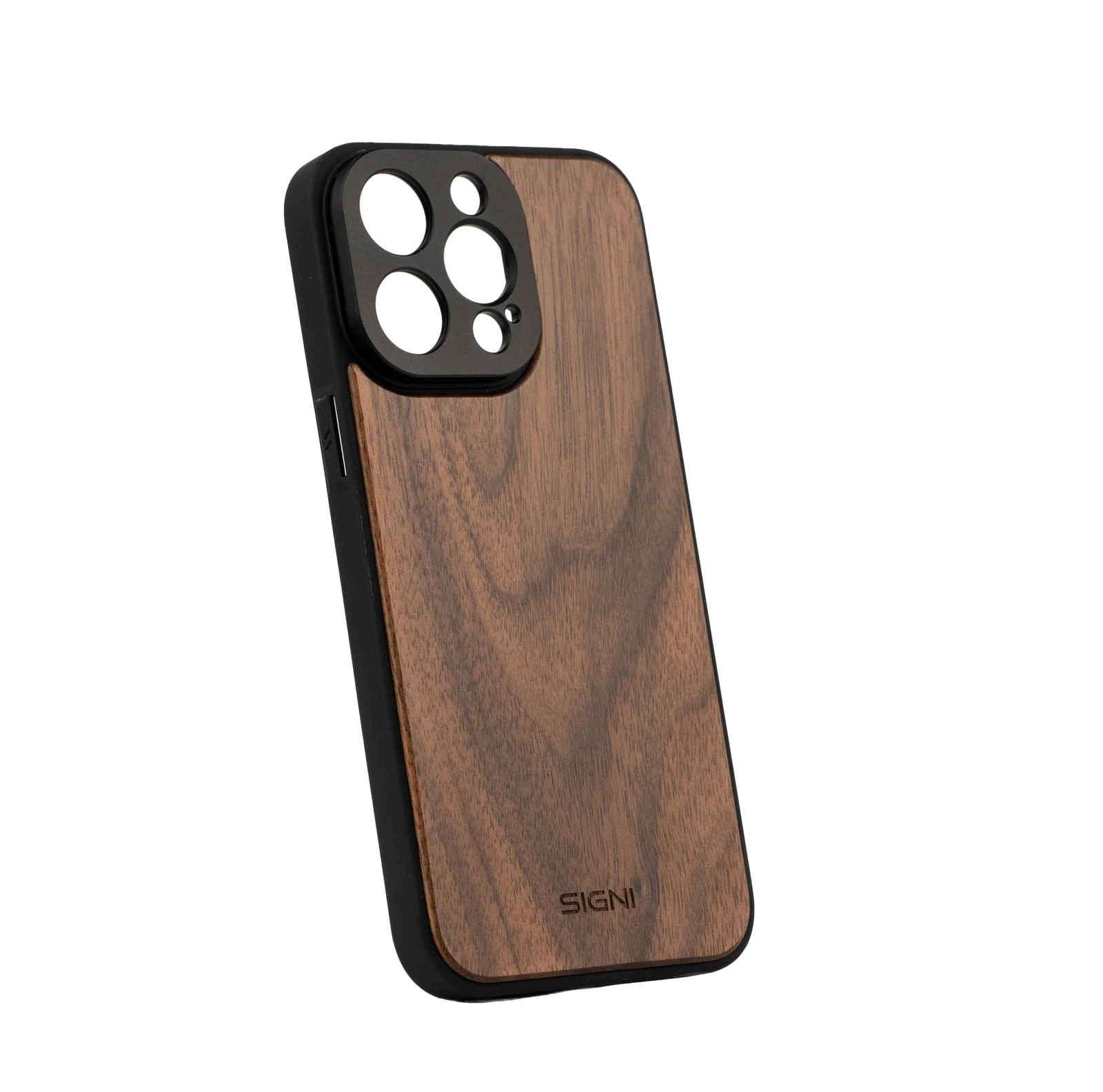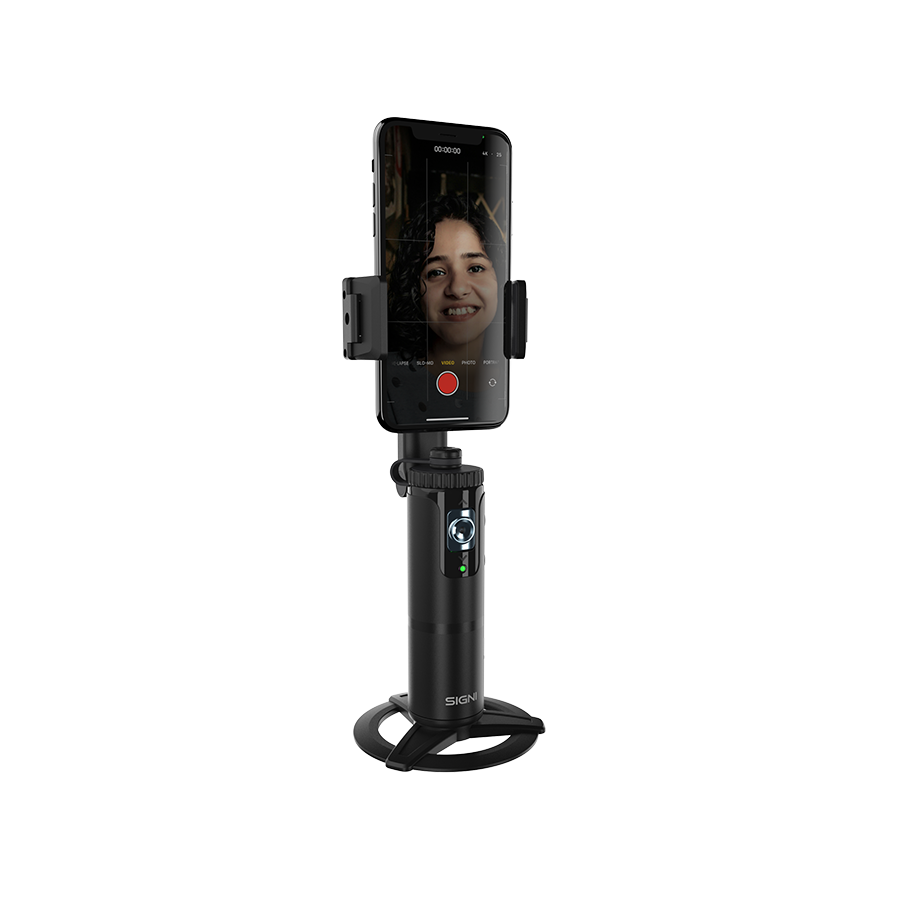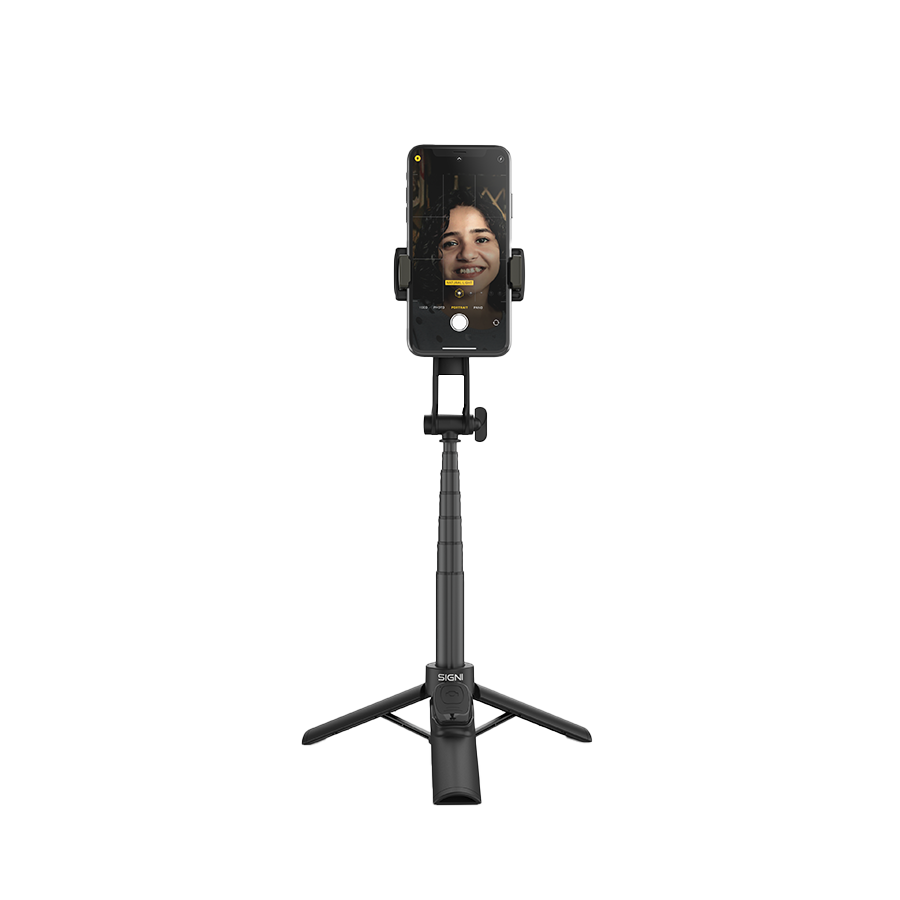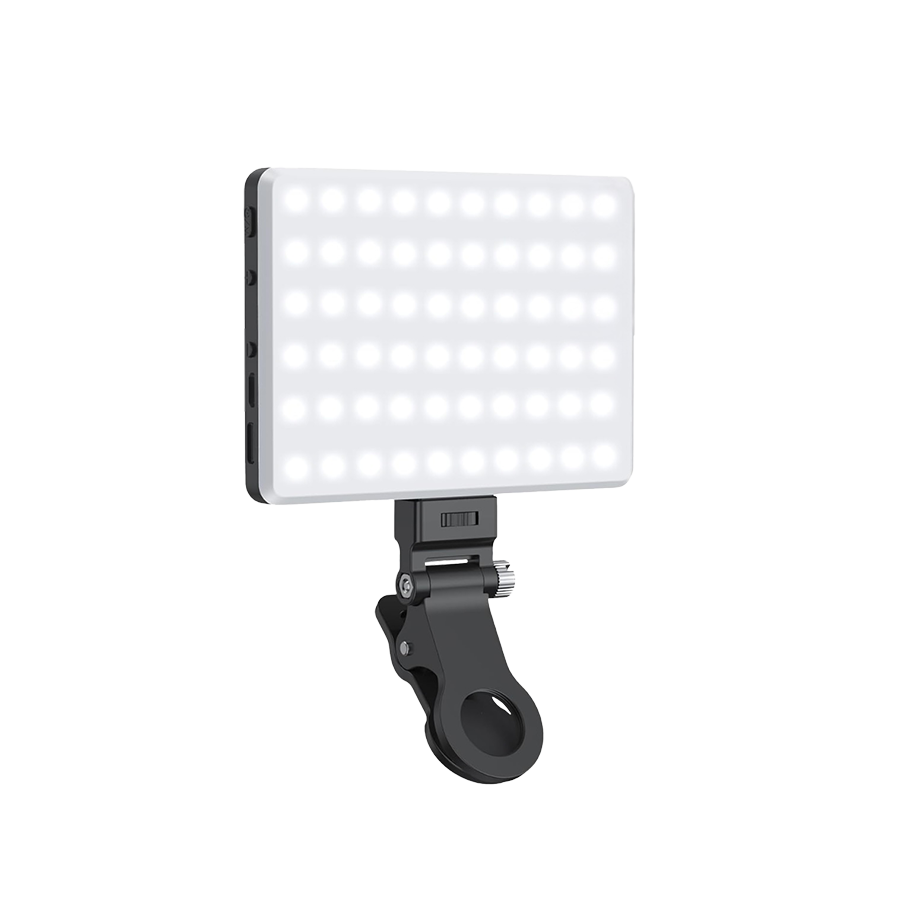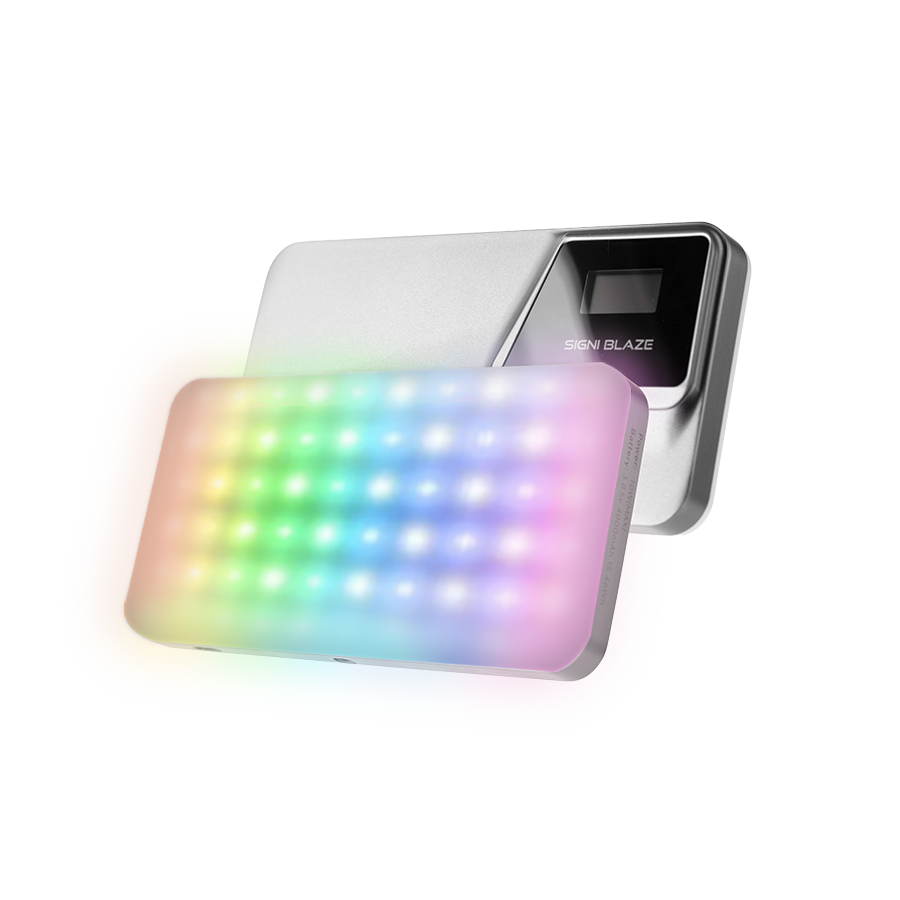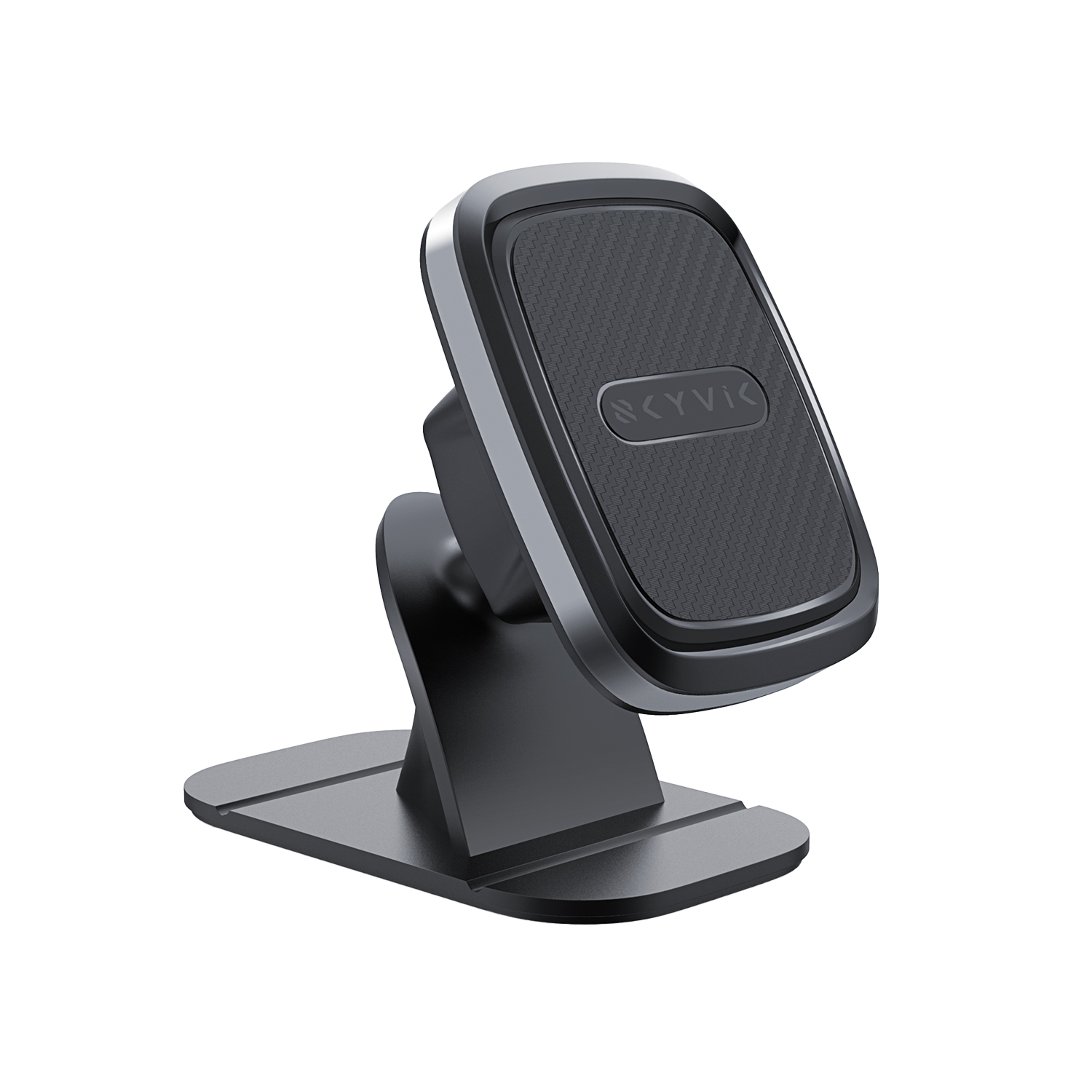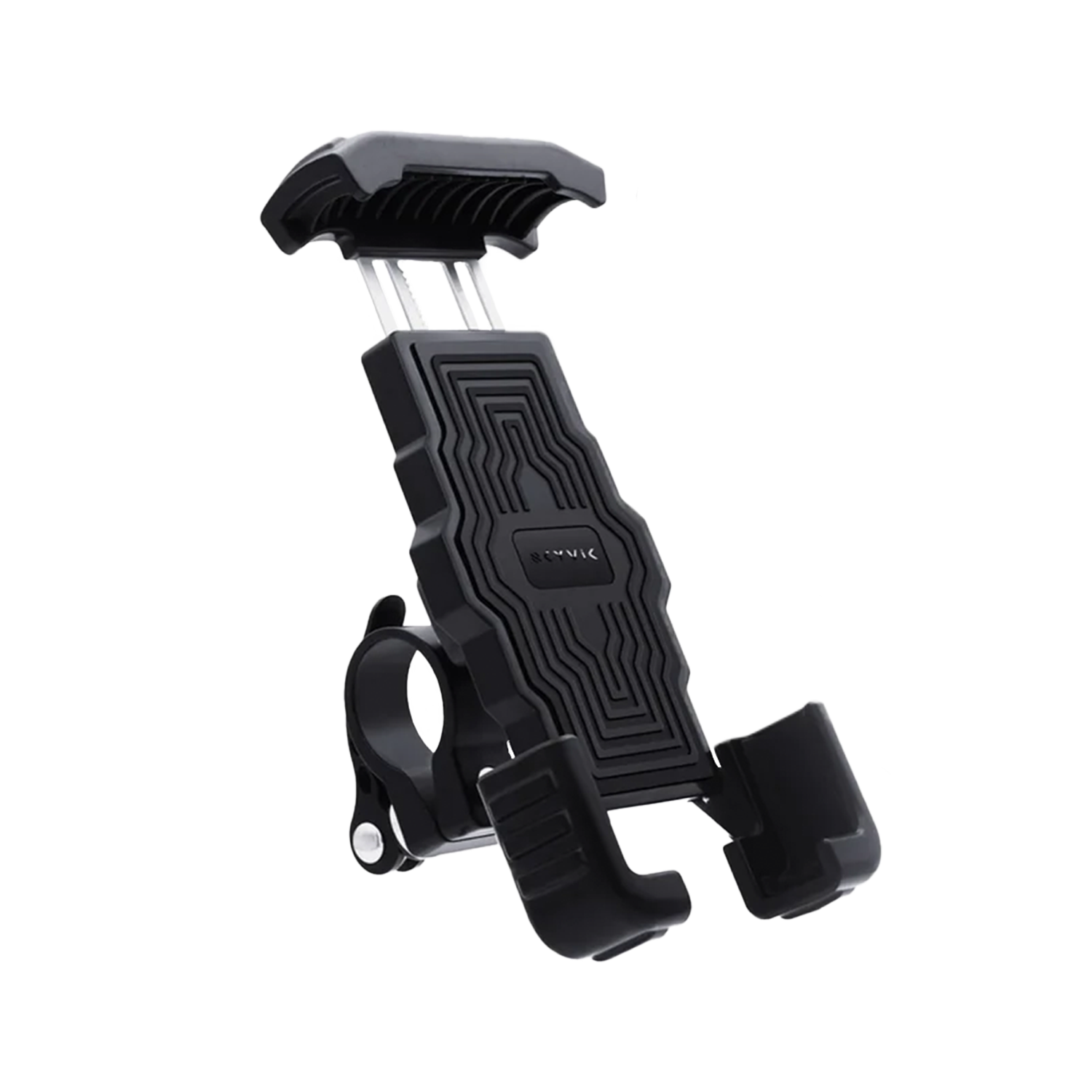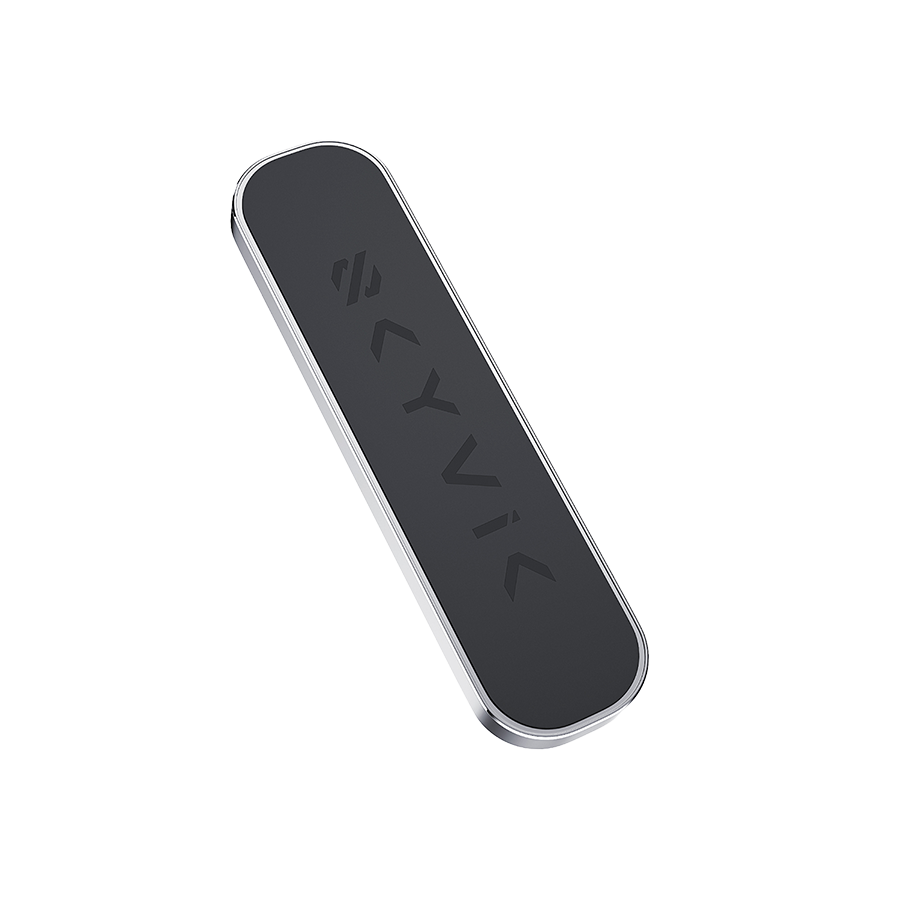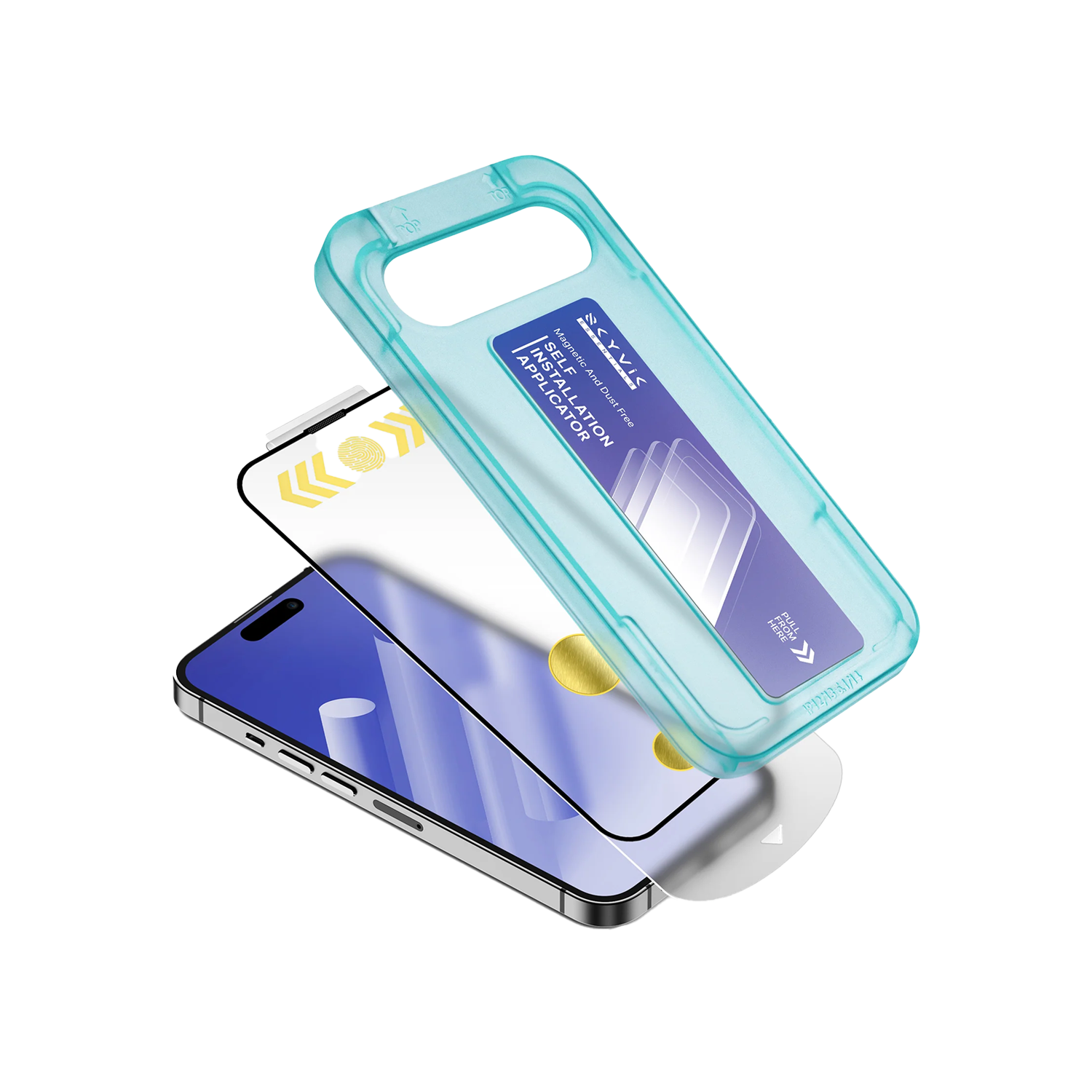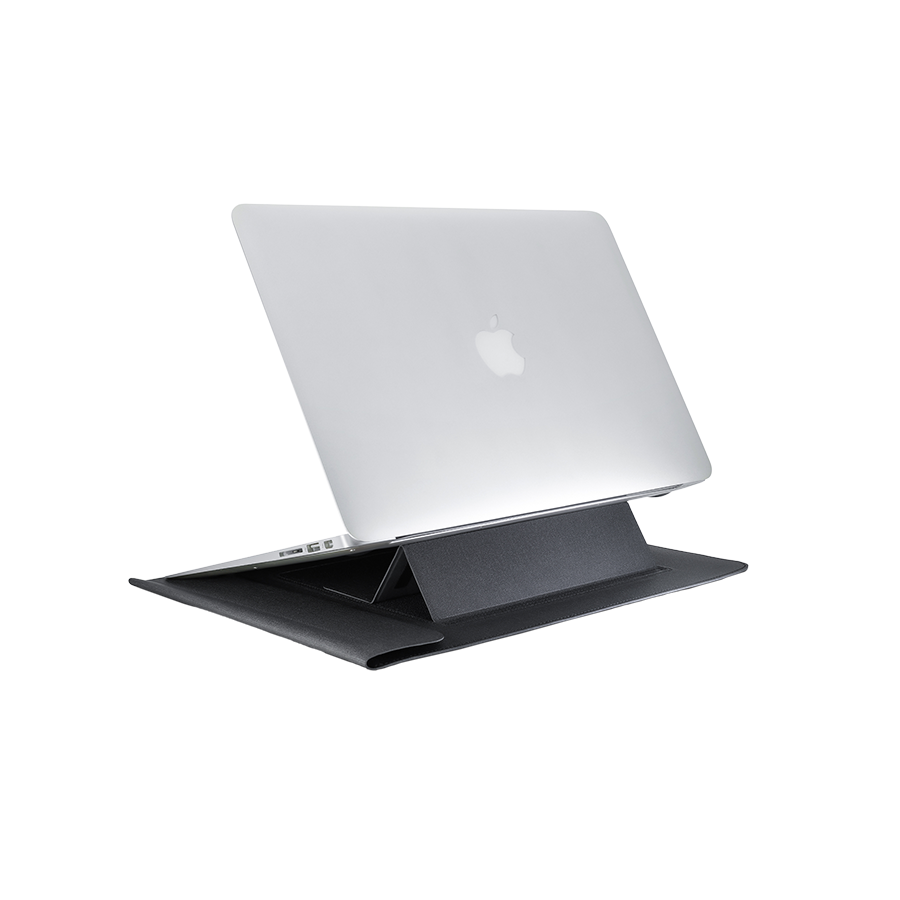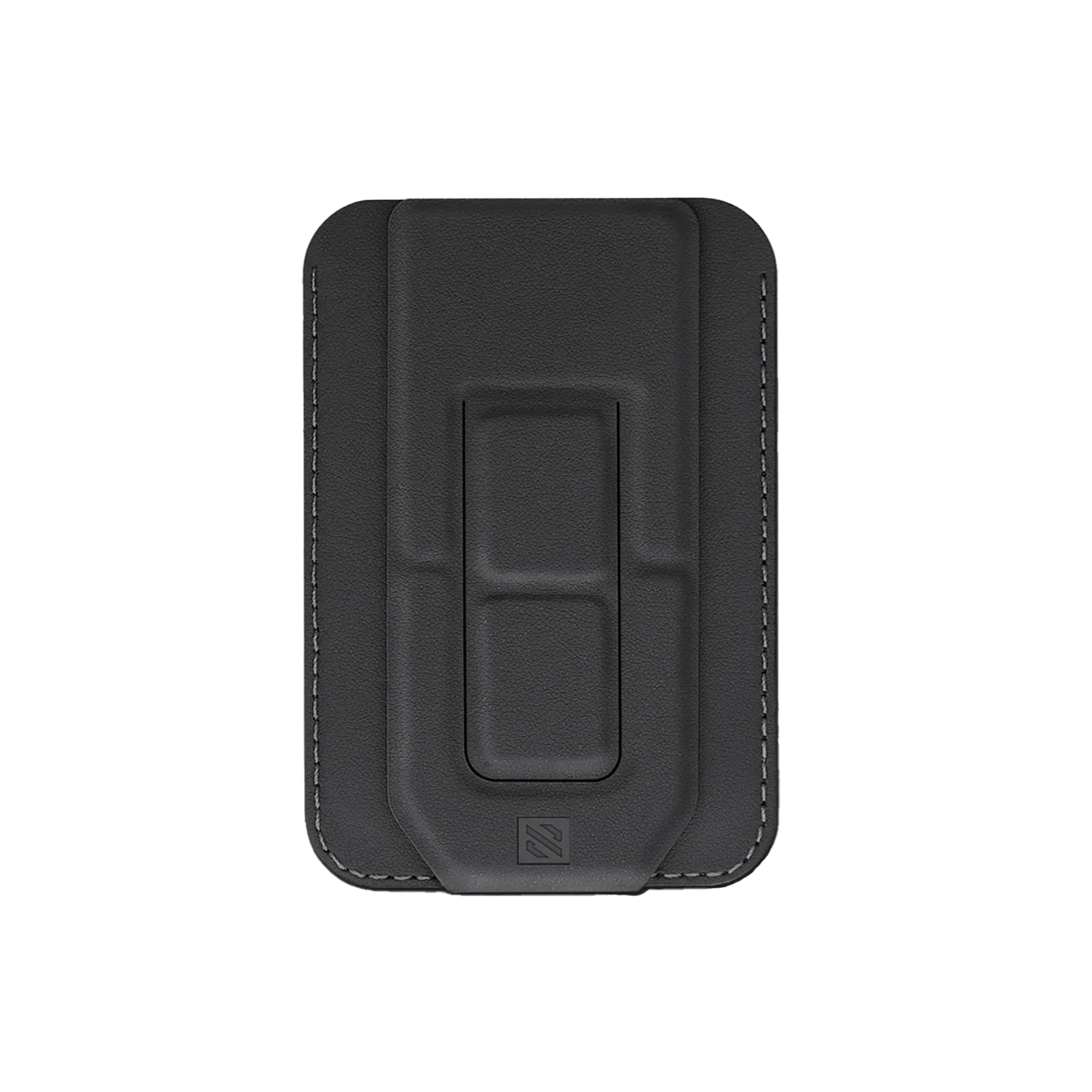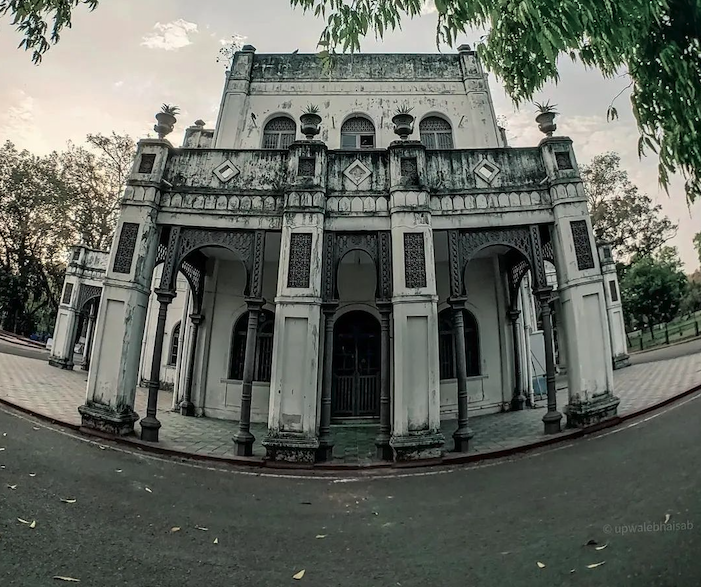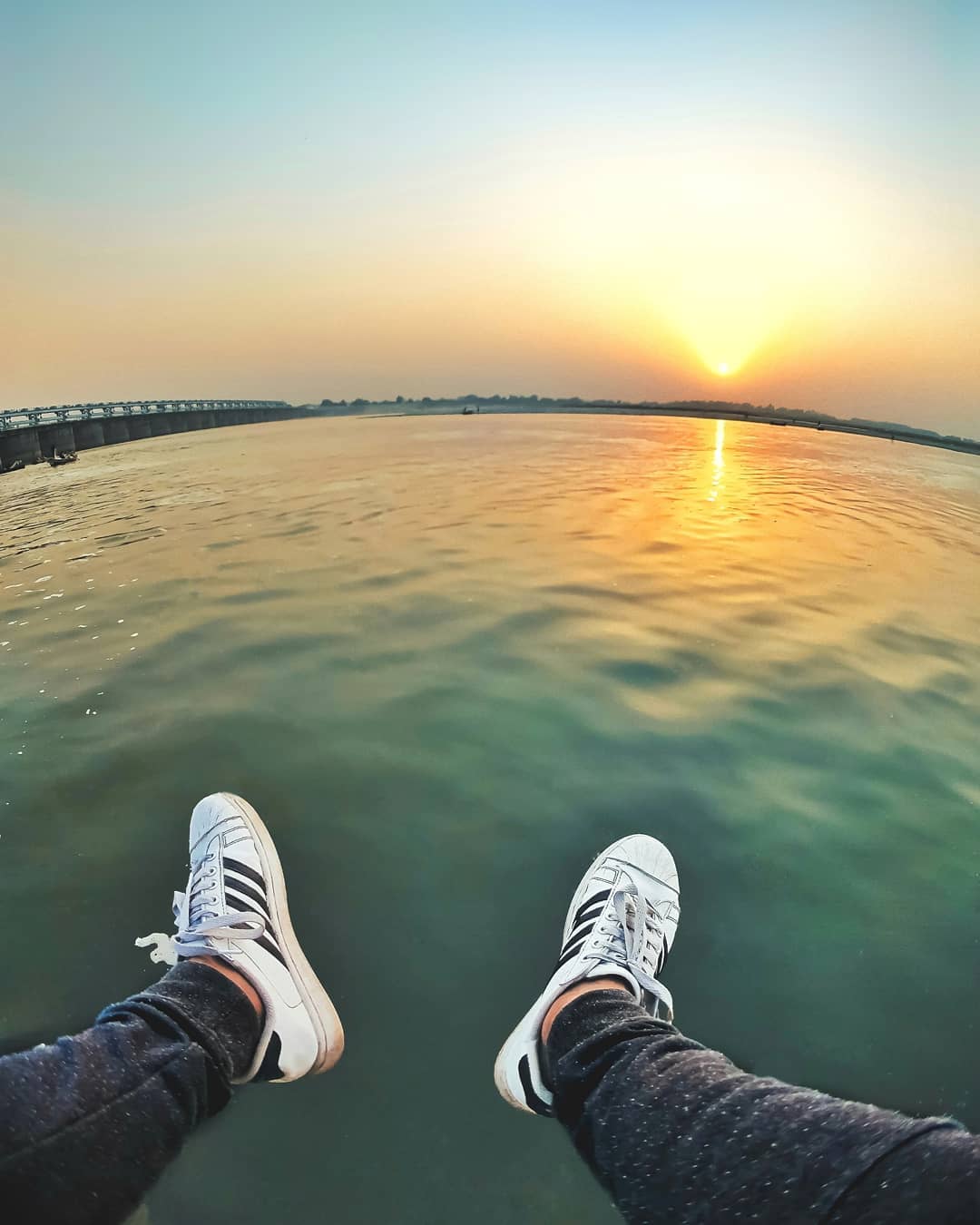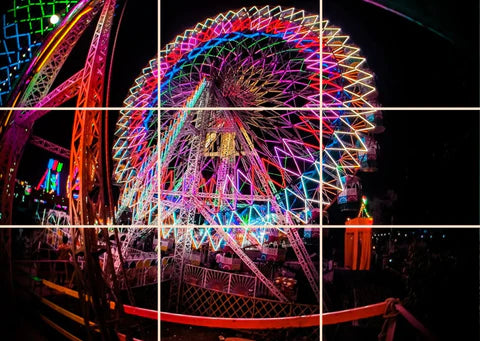MOBILE LENSES
Mobile Holders
Everyday Essentials

Interior Photography Tips for Designers and Photographers
3 min read
Interior photography is a captivating realm where the convergence of design and visual storytelling unfolds. In this comprehensive guide, we delve into the nuanced art of interior photography, offering detailed insights and practical tips to elevate your craft.
-
Immersive Understanding of Space: To capture the essence of an interior, start by immersing yourself in the space. Understand the design elements, architectural nuances, and the overarching theme. Recognize the focal points and unique features that define the ambiance. This preliminary analysis will guide your compositional choices and ensure you highlight the most captivating aspects.

-
Harness the Power of Natural Light: Natural light is a powerful ally in interior photography. Whenever possible, schedule your shoots during times of soft, diffused sunlight, such as the golden hour. Natural light reveals true colors, enhances textures, and imbues the space with warmth. Pay attention to how light interacts with surfaces and features, adjusting your angles accordingly.

-
Stability with a Sturdy Tripod: When capturing interior spaces that demand longer exposure times for depth and detail, a sturdy tripod is indispensable.For added versatility, consider using the Skyvik Signipod, a reliable accessory that combines the functionality of a tripod and a selfie stick, allowing you to achieve stable shots and explore creative angles in both interior and exterior settings. It maintains stability, eliminates camera shake, and provides the flexibility to experiment with compositions, ensuring each frame is sharp and well-defined. For instance, when photographing the intricate details of a well-designed interior, a sturdy tripod, such as the Skyvik Signipod, becomes crucial. Set it up to capture the intricate patterns and textures of a room, eliminating the risk of camera shake for a crisp and detailed shot.

-
Spotlight on Design Details: Interior design is a tapestry of details. Focus on capturing the intricate textures, patterns, and decorative elements that define the space. Close-up shots of unique design features not only showcase the designer's skill but also add a layer of visual interest to your portfolio.

-
Strategic Perspective with Wide-Angle Lenses: Selecting lenses that harmonise with the spatial dynamics of the interior is crucial. While wide-angle lenses are popular for capturing expansive views, Skyvik's 16mm Wide-Angle Lens provides a versatile solution. Be cautious of distortion and experiment with angles to maintain realism. For example, try the Skyvik 16mm lens to capture a room's wide-angle shot, accentuating its spaciousness while preserving a realistic perspective.
 Wide-Angle Lens Shot Clicked by @_novanym_2.0 and @that_nomadcouple
Wide-Angle Lens Shot Clicked by @_novanym_2.0 and @that_nomadcouple -
Fisheye Lens: In interior photography, the Skyvik 10mm fisheye lens proves to be a valuable tool for designers and photographers. Its unique perspective adds a creative touch by capturing the entire room in a single frame. The distortion effect creates an engaging visual appeal, making it an ideal choice to showcase the overall design and spatial dynamics of interiors. Explore the dynamic possibilities offered by the 10mm fisheye lens to elevate your interior photography and present your designs in a distinctive and captivating manner. For instance, capture a room's entire layout, emphasising its design elements in a visually engaging and unconventional manner.
 Fisheye Lens Shot Clicked by @clicks0095 and @travelwithpushp
Fisheye Lens Shot Clicked by @clicks0095 and @travelwithpushp -
Organise and Declutter: Prepare the space before your photoshoot by ensuring it's neat and decluttered. Thoughtfully arrange furniture and decor to create harmonious compositions. A well-organised environment allows viewers to appreciate the design without unnecessary distractions.
-
Showcase Functionality: If the design incorporates functional elements, such as a stylish kitchen or a functional workspace, highlight them in your photographs. Effective interior photography goes beyond aesthetics, communicating the functionality and purpose of each space.
-
Master Composition Techniques: Delve into the intricacies of composition. Experiment with leading lines, rule of thirds, and framing to create visually compelling images. Consider how each compositional choice contributes to the overall narrative of the space.

-
Post-Processing for Refinement: Post-processing is a crucial step in interior photography, involving adjustments to lighting, color balance, and perspective to refine and enhance images. It allows photographers to highlight design elements, correct distortions, and create polished visuals that align with the intended aesthetic. Maintain a healthy posture while working with Skyvik's Laptop Sleeve & Stand. Its ergonomic design promotes comfort, reducing strain on your neck and back during extended laptop use.

-
Collaboration with Designers: For those closely working with interior designers, collaboration is paramount. Understand their vision, discuss key elements they want to emphasize, and seamlessly integrate their insights into your photographic approach. This collaborative synergy ensures that your photos align with the intended narrative of the design.
In the nuanced world of interior photography, precision, creativity, and a deep appreciation for design aesthetics converge. This comprehensive guide serves as a compass, guiding designers and photographers alike through the intricate journey of framing elegance within interior spaces.

